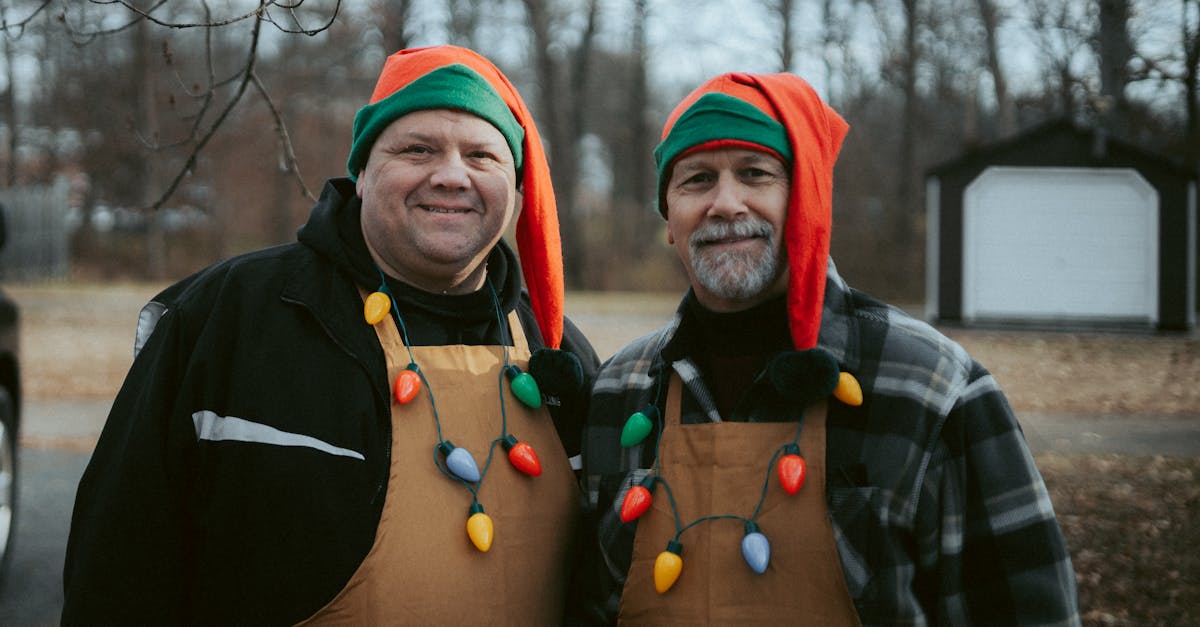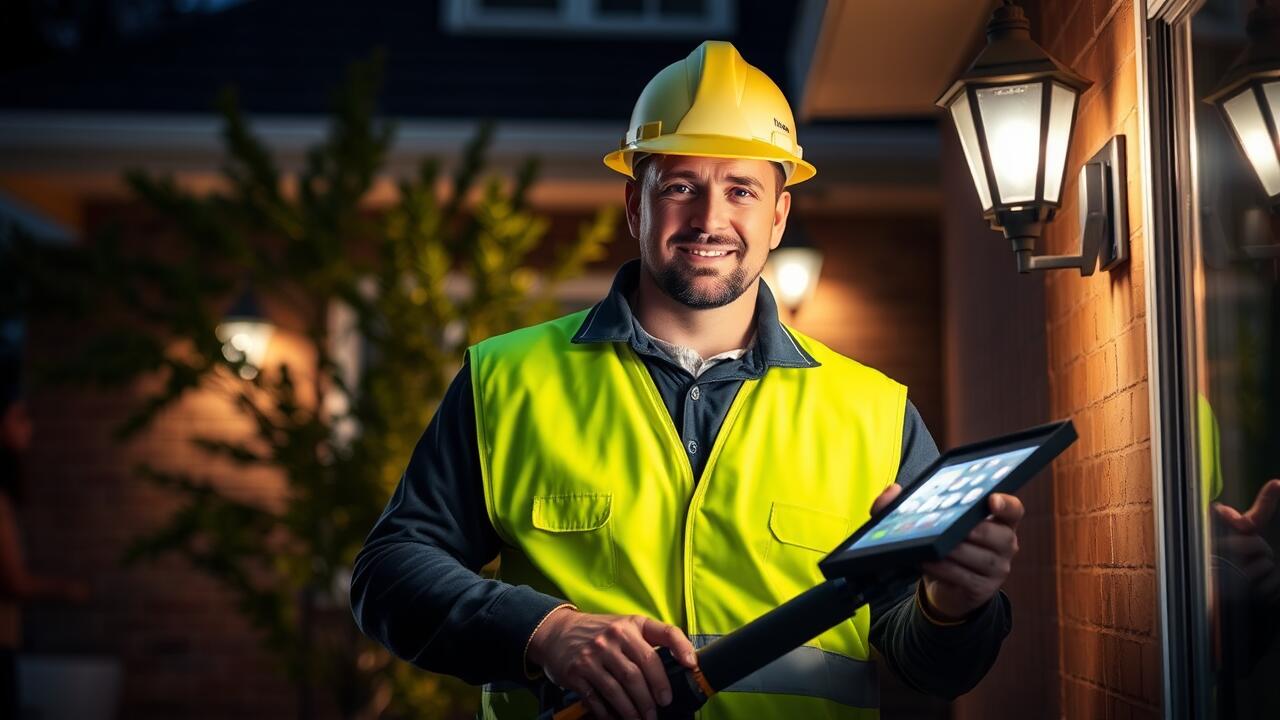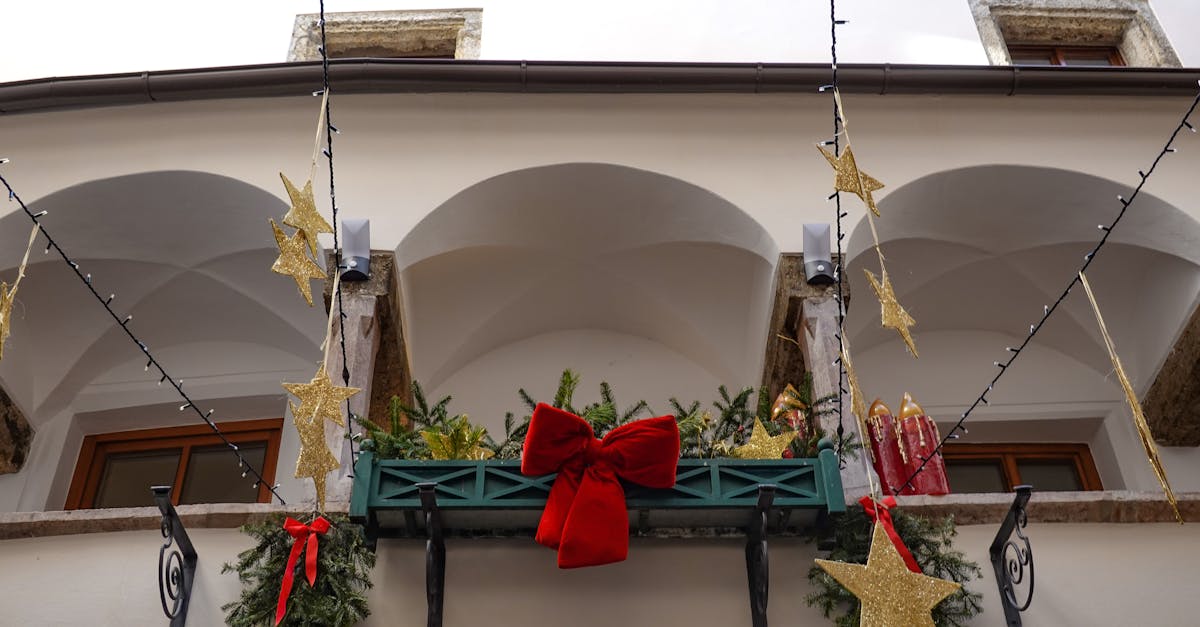
Table Of Contents
Troubleshooting Wet Solar Lights
When dealing with wet solar lights, the first step is to identify any visible signs of damage. Check for water accumulation in the solar panel or bulb enclosures. The presence of moisture can lead to corrosion or malfunction. Tightening any loose connections and inspecting the battery compartment is essential. If water has entered, remove the batteries and let the unit dry completely before attempting to reinstall. This basic troubleshooting can often restore function without needing replacement.
Next, consider the environmental conditions your outdoor lighting typically faces. If your solar lights are frequently exposed to rain or snow, investing in models specifically designed for wet conditions can prevent future issues. Ensure that your lighting fixtures are rated for outdoor use, as this contributes to their longevity. Ultimately, proper care and attention to the design specifications will enhance the performance of your outdoor lighting in different weather situations.
Signs of Water Damage
Water damage can manifest in several ways when it comes to outdoor lighting. One major sign is the presence of moisture inside the solar panel or bulb housing. If condensation forms within these components, this may indicate a breach in the waterproof seal. Additionally, discoloration or rust on metal parts of the light fixture often points to prolonged exposure to water.
Another indicator of water damage is an inconsistent illumination pattern. If solar lights flicker, dim, or fail to turn on altogether, it could suggest that the internal circuitry has been compromised. Corrosion on connections can also be a red flag. Regularly inspecting outdoor lighting for these signs can help maintain functionality and prolong the lifespan of the fixtures.
Comparing Solar Lights for Wet Conditions
Not all solar lights are created equally when it comes to handling wet conditions. Some models are specifically designed with weather-resistant materials and sealed components that can withstand exposure to rain and moisture. When selecting outdoor lighting for locations prone to wet weather, it's important to check the IP rating of the solar lights. An IP rating of at least IP65 indicates that the lighting can resist water splashes and dust ingress.
When comparing options, consider the features that enhance durability. Look for solar lights with robust housing made from corrosion-resistant materials. Additionally, ensure that the solar panels are well-protected from potential water damage, as this can significantly impact overall performance. Focusing on quality brands known for their commitment to durability can make a significant difference in the longevity and reliability of outdoor lighting.
Top Brands Known for Durability
Certain brands have established themselves as reliable providers of solar lights that can withstand wet conditions. Companies like Ring and Sunforce offer products specifically designed for outdoor lighting. These brands utilize enhanced waterproof technology and durable materials to ensure longevity, even in challenging environments.
In addition to renowned manufacturers, there are specific models within these brands that have garnered praise for their resilience. Many users report satisfaction with the performance of models equipped with sealed battery compartments and weather-resistant housings. When selecting outdoor lighting solutions, considering these durable options can lead to better performance over time.
Seasonal Maintenance for Solar Lights
Regular maintenance is essential for the longevity of solar-powered outdoor lighting. During the changing seasons, it's important to inspect the solar panels to ensure they remain clean and unobstructed. Dirt, dust, and debris can significantly reduce their efficiency, especially during the autumn months when leaves accumulate. A gentle rinse with water and a soft cloth can keep them in optimal condition. Checking for any signs of wear or damage, particularly at the connections or around the battery compartments, is also crucial for maintaining performance.
As winter approaches, additional precautions can help protect outdoor lighting from harsh weather conditions. Consider repositioning solar lights to maximize sunlight exposure during shorter days. Furthermore, investing in weather-resistant models will increase their durability against rain or snow. Before inclement weather strikes, ensure that the fixtures are securely anchored to prevent them from being blown away. By prioritizing seasonal maintenance, homeowners can enjoy bright, efficient outdoor lighting year-round.
Preparing for Inclement Weather
When preparing for inclement weather, it's crucial to ensure your outdoor lighting is well-equipped to handle various conditions. Start by checking the seals and enclosures of your solar lights for any signs of wear or damage. Proper seals help prevent moisture from entering the housing, which can lead to malfunctions or deterioration. Consider relocating lights that are positioned in areas prone to heavy rain or flooding.
Additionally, cleaning the solar panels can enhance their efficiency. Dirt and debris can obstruct sunlight, reducing the overall effectiveness of your outdoor lighting system. Clear off any obstructions before severe weather strikes. If necessary, look into purchasing solar lights specifically designed for wet conditions. These models often feature better water resistance and durability, ensuring they remain functional during storms.
FAQS
Can solar powered lights get wet?
Yes, most solar powered lights are designed to be water-resistant or waterproof, allowing them to withstand rain and wet conditions. However, it's essential to check the manufacturer's specifications for the specific waterproof rating of the product.
What should I do if my solar lights get wet?
If your solar lights get wet, it’s generally not a problem as long as they are rated for outdoor use. However, it's advisable to ensure that the battery compartments are sealed properly. If you notice any signs of water damage, consider drying them out and checking for functionality.
How can I tell if my solar lights are damaged from water?
Signs of water damage in solar lights include corrosion on the battery contacts, a malfunctioning solar panel, or flickering lights. If you observe any of these symptoms, it may indicate that moisture has penetrated the unit.
Are there specific brands of solar lights known for their water resistance?
Yes, some brands are renowned for their durability and water resistance, such as Ring, GKOLED, and Sunforce. It's always a good idea to read reviews and product specifications to choose a brand that suits your needs for wet conditions.
What maintenance should I perform on solar lights during rainy seasons?
During rainy seasons, it’s important to regularly check for debris on the solar panels, ensure the battery compartments are sealed, and clean the lights to prevent water accumulation. Additionally, inspect for any signs of wear and replace damaged units as necessary.



